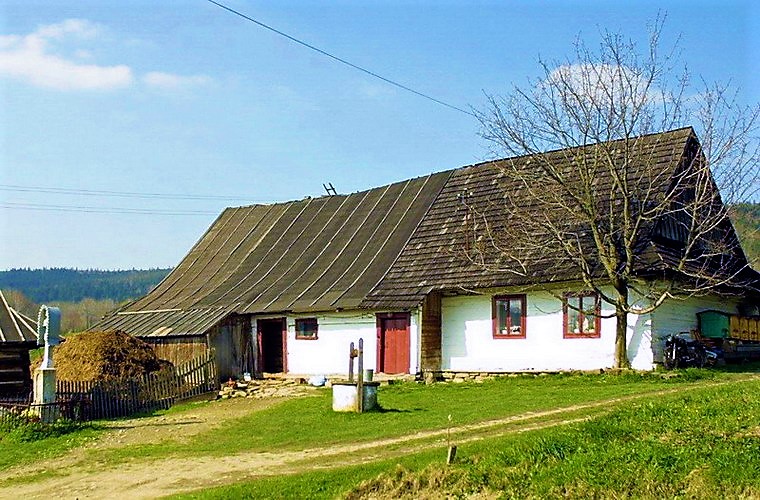The Lemkos, but also Boykos, are groups of Ruthenian highlanders, after World War II described as Ukrainian. Nowadays, they are also referred to as Carpathian Rusyns, who together with the Hutsuls and the Transcarpathian Rusyns were supposed to constitute a nation, but there are still at least several theories about their origin.
It is currently believed that the Lemkos, as a separate ethnographic group, were born through the movement in the 14th-17th centuries in the territory of today’s Lemkivshchyna, of West Slavic (Polish, North Slavic) and East Slavic (Ruthenian) populations, as well as the so-called Wallachians. Each of them represented a slightly different type of culture, imposing their patterns in particular periods: the Polish code carried an agricultural culture, dominating Lemkivshchyna until the 14th century, the Wallachian-Ruthenian as pastoral from the 15th century, and the North Slavic (Spiš) influence proved uninterruptedly strong until the 19th century. Eventually, the area where Lemkos settled was on the Polish side the Carpathian Mountains from High shed in the Bieszczady Mountains to the Poprad valley in the Beskid Sądecki, and the so-called Szlachtowska Ruthenia on the border of Malé Pieniny and Beskid Sądecki, and on the Slovak side the Beskid Mountains belt. The process of settlement of this area ended in the 17th century. The oldest Lemko villages are: Radoszyce, Surowica founded in 1361.
Lemkos are divided into three subgroups: western, central and eastern. The differences between Western Lemko, which can be called ‘Polish’, and Central and Eastern Lemko are particularly clear.
The name Lemko, derived from the word łem, meaning ‘only’, originally occurred in the Lemko-Bohemian borderland, and only became widespread among Galician Ruthenians in the 1930s. Evidently it was a form of nickname, but in the interwar period the name was accepted by the Lemkos themselves. Other terms for this population are: Spiżaki, Kurtaki, Czuchońcy. Separate names, sometimes functioning as nicknames, were also used by particular subgroups, e.g. Wengriny, Świcaki, Torokary or Pupkary.
At the beginning of the 20th century, about 80,000 Lemkos lived on the Polish side of the Carpathians. In 1939, their number was estimated at 100-150 thousand. The fate of the Lemkos after World War II was similar to that of the Poles from the Eastern Borderlands. They were expelled from their territories and thus deprived of their homeland.





